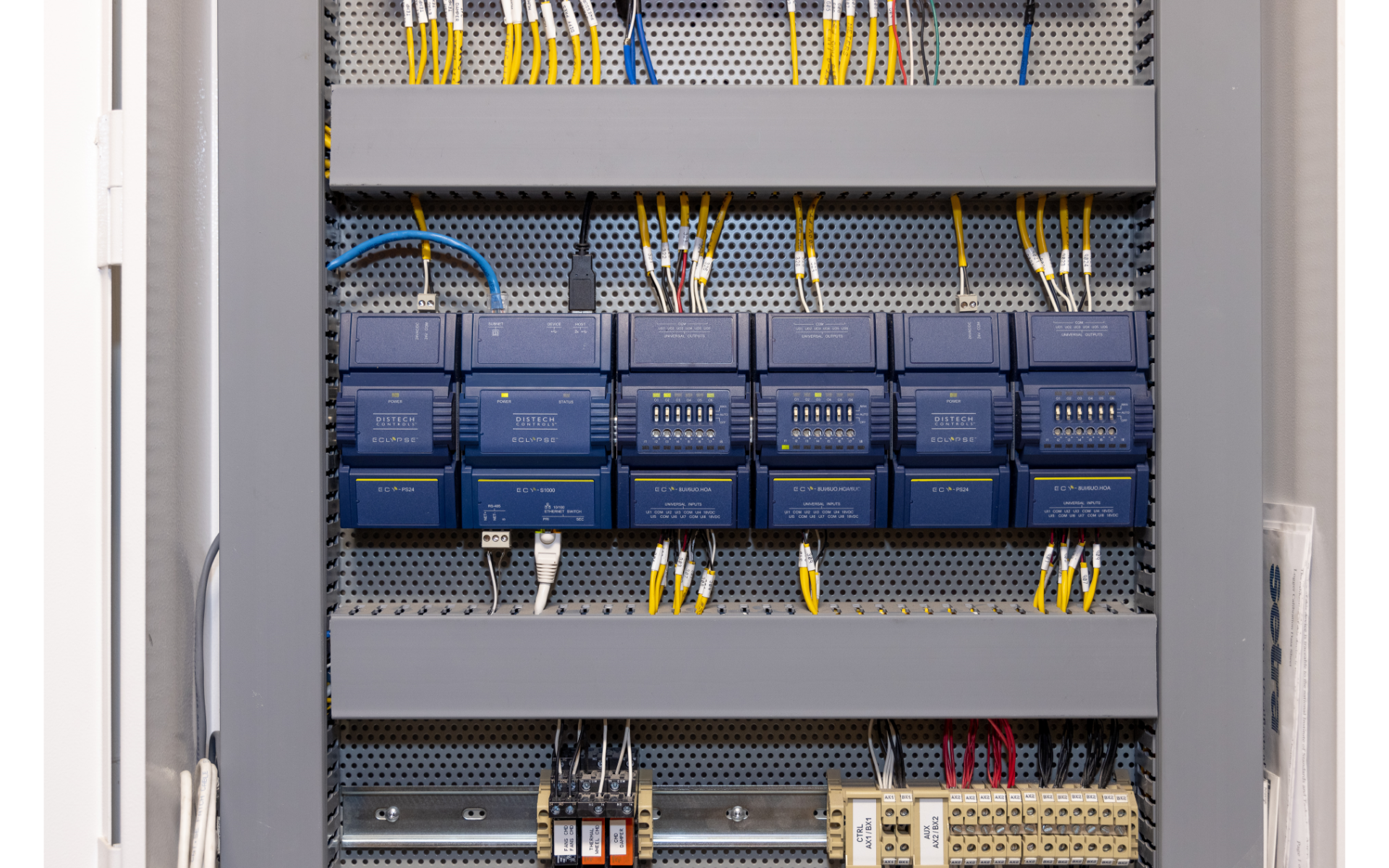Building Automation Systems (BAS) play a crucial role in managing the energy efficiency, comfort, and overall performance of commercial buildings. However, with advancements in BAS technology, many building owners and facility managers face a common dilemma: should they upgrade their existing BAS or replace it entirely? The good news is that, in many cases, upgrading your system through integration is a viable, cost-effective solution.
What is BAS Integration?
BAS integration refers to the process of connecting new technology or components to an existing system to enhance its functionality without the need for a full system overhaul. By upgrading your BAS through integration, you can leverage modern advancements while still utilizing much of your original infrastructure. This approach can extend the lifespan of your equipment and improve overall performance with less downtime and a smaller financial investment compared to a full replacement.
When is BAS Integration a Viable Option?
Not every scenario requires a full BAS replacement. Here are several situations where integration might be the best approach:
- When Your Core System is Still Functional
If your existing BAS infrastructure is still in good working condition, integration can be a sensible choice. Often, the core hardware components (like controllers and sensors) may be reliable but could benefit from newer software features. Integrating updated software can optimize your system’s efficiency, provide advanced analytics, and improve user interfaces.
- When You Need Enhanced Features or Analytics
With today’s focus on data-driven decision-making, modern BAS solutions often come with enhanced reporting and analytics. If your current system lacks real-time insights or the ability to fine-tune operations based on energy usage patterns, integration can bring these capabilities to the forefront. Adding advanced analytics modules can allow you to better understand building performance and make informed adjustments.
- When Expanding or Renovating a Building
If you’re expanding your facility or undergoing renovations, integration is a practical option. New construction can be equipped with state-of-the-art BAS components, which can then be seamlessly integrated with your existing setup. This hybrid approach ensures that your entire building’s system operates cohesively, without the need to replace everything at once.
- When Budget Constraints Exist
Full system replacements can be expensive. If your budget doesn’t allow for a complete overhaul, integration provides a strategic way to modernize your BAS incrementally. By prioritizing the most critical upgrades, you can spread the investment over time while still enjoying many of the benefits of a newer system.
- When Seeking Improved Interoperability
Older BAS setups might not be compatible with newer, open-protocol systems that enable better interoperability between different equipment brands and technologies. If your system lacks flexibility and you want to incorporate equipment from various manufacturers, integration can modernize your system and improve its compatibility.
Advantages of BAS Integration
- Cost Savings: One of the biggest benefits of BAS integration is reduced cost compared to a full replacement. You retain functioning components and only invest in areas that require improvement.
- Minimized Downtime: Integration typically requires less time and disruption than a full system replacement. This means less impact on building operations and tenant comfort.
- Sustainability: Reusing existing components reduces waste and aligns with sustainable building practices. It’s a more environmentally responsible approach that aligns with green building initiatives.
- Scalability: Integration allows for gradual upgrades, which can be done in phases as technology evolves or as budget becomes available.
Challenges to Consider
While BAS integration offers many benefits, it’s essential to assess whether your current system can handle the upgrades. Compatibility issues can arise, particularly with very outdated systems. Conducting a thorough assessment with a BAS professional is key to determining the feasibility of integration.
Conclusion
Upgrading your BAS through integration is a strategic way to bring modern capabilities to your building without the expense or inconvenience of a full system replacement. By carefully evaluating your needs, existing system condition, and budget constraints, you can make an informed decision that maximizes both performance and cost efficiency.
If you’re considering a BAS upgrade or want to learn more about integration options, contact ColonialWebb, a trusted BAS specialist, to explore the best path forward for your building. Your system may be just an integration away from peak performance.
Learn About: Benefits of Upgrading Your BAS: Enhanced Efficiency and Cost Savings



